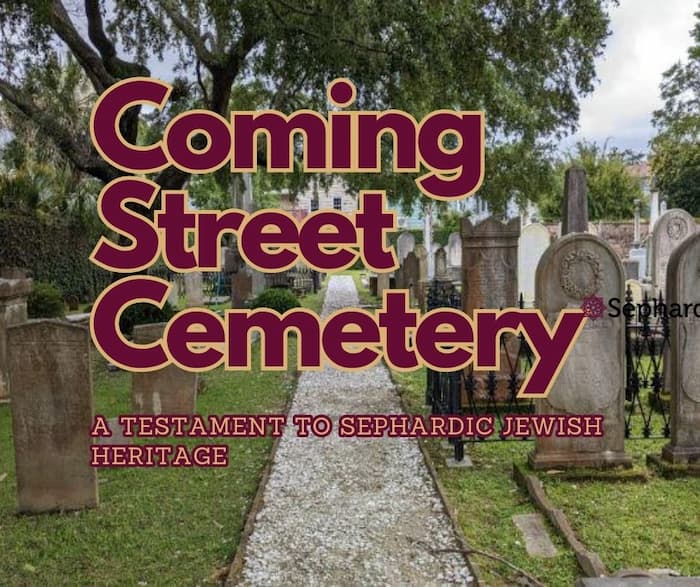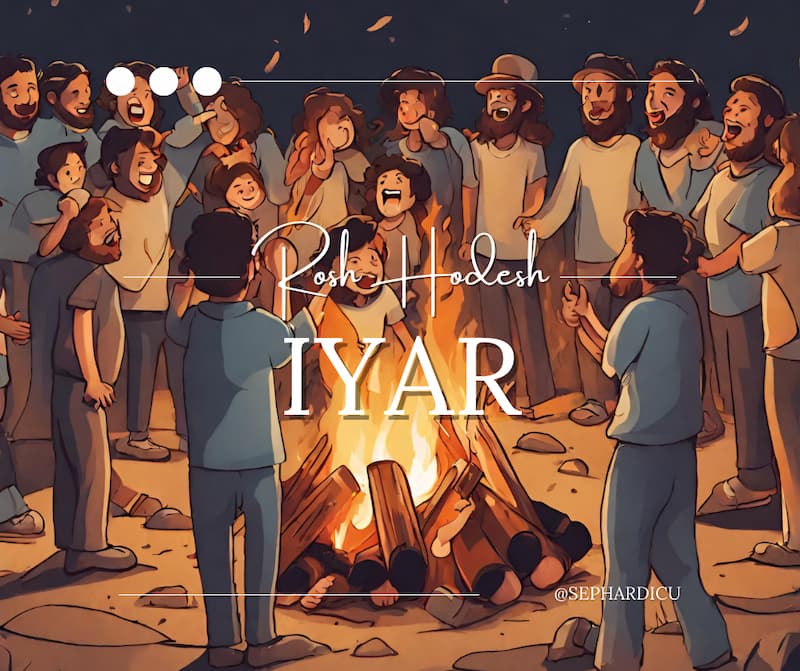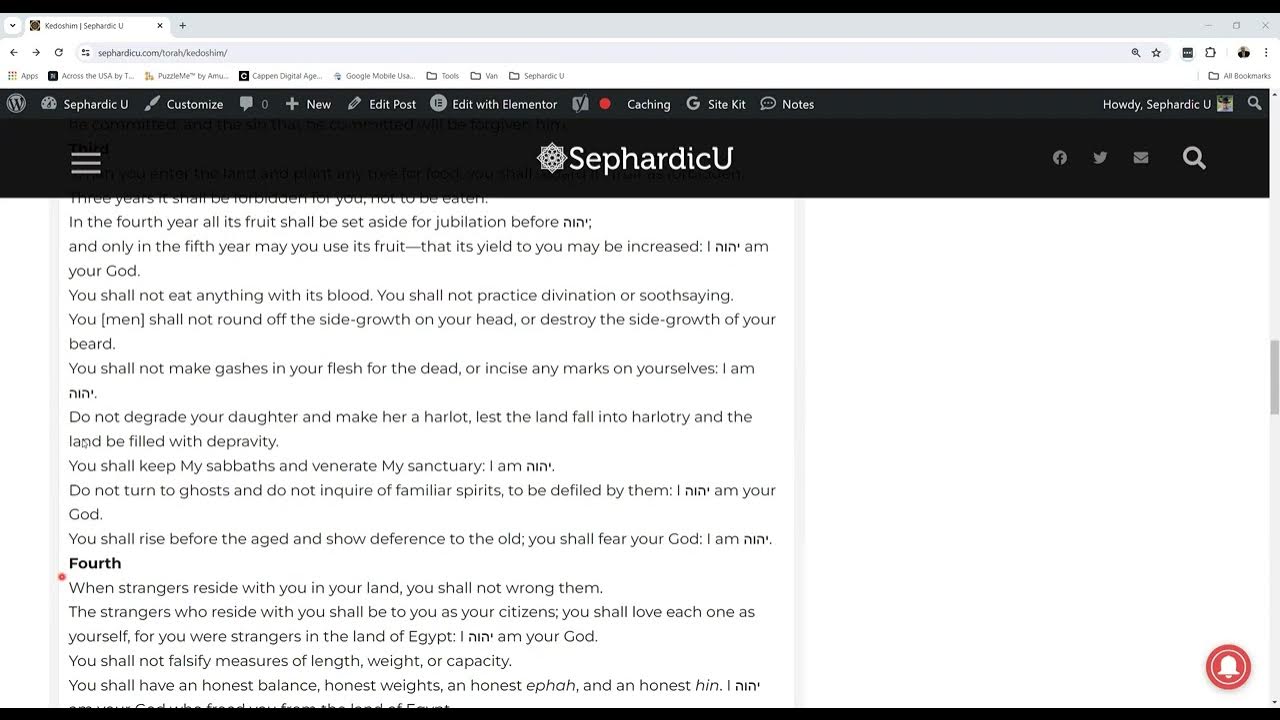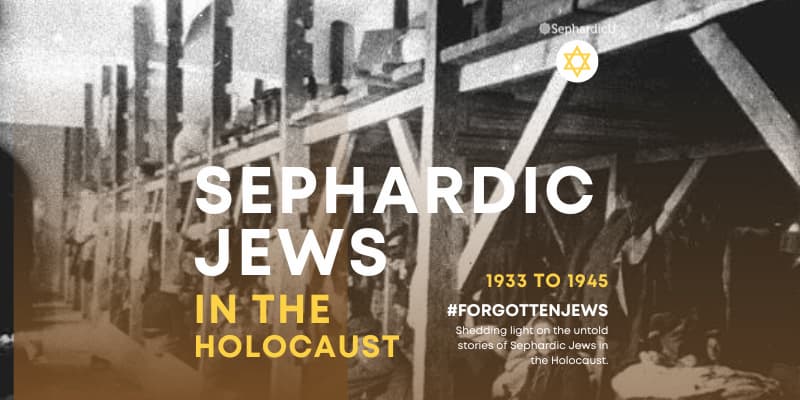Introduction
Tucked away in Charleston, South Carolina, lies the hallowed ground of the Coming Street Cemetery, an enduring symbol of Sephardic Jewish heritage in the South. Established in 1762, it stands as the oldest Sephardic Jewish burial ground in the region, bearing witness to the rich tapestry of history and culture woven by this vibrant community. The cemetery owes its existence to the selfless act of Isaac Da Costa, a prominent member of the Sephardic Jewish community. He originally purchased the land in 1754 for his family and later sold it to Kahal Kodesh Beth Elohim synagogue (KKBE) for 70 pounds In 1764. His act of benevolence ensured a final resting place that would honor the customs and traditions of Sephardic Jews for generations to come.
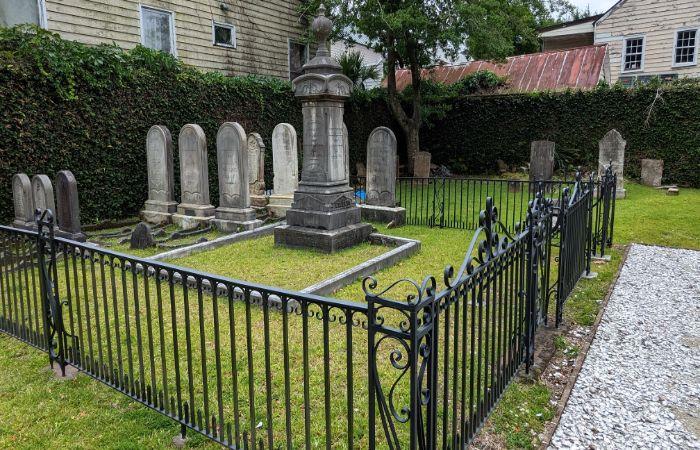
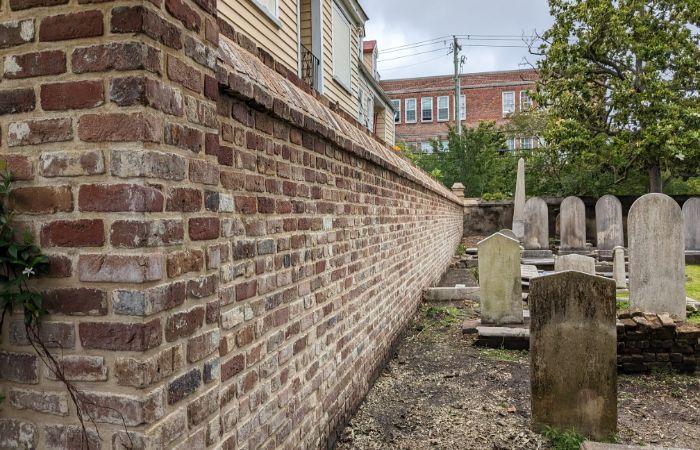
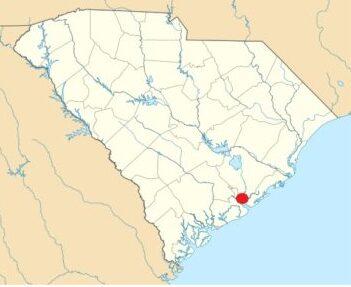
Coming Street Cemetery Highlights
- Oldest Sephardic Jewish Burial Ground in the South: The Coming Street Cemetery holds the distinction of being the oldest Sephardic Jewish burial ground in the Southern United States. Established in 1762, it has a rich history spanning several centuries.
- Significance in Jewish Heritage: This cemetery is a testament to the vibrant Sephardic Jewish community that once thrived in the region. It serves as a poignant reminder of the community’s presence and contributions to the cultural and religious fabric of the area.
- Resting Place of Isaac Da Costa: The cemetery is forever linked to the legacy of Isaac Da Costa, a prominent figure who played a crucial role in its establishment. Da Costa’s vision and dedication ensured the preservation of Sephardic Jewish heritage through the creation of this sacred burial ground.
- Historical Architecture and Tombstones: Walking through the Coming Street Cemetery is like stepping back in time. The site features a fascinating array of tombstones and mausoleums, reflecting various architectural styles and artistic expressions prevalent during different eras.
- Notable Individuals Laid to Rest: Within the cemetery grounds, lie the final resting places of numerous notable individuals. From esteemed rabbis to community leaders, their tombstones serve as a testament to their contributions and accomplishments, allowing visitors to connect with the rich tapestry of Jewish history.
- Cultural and Educational Importance: The Coming Street Cemetery is not just a burial ground; it is a site of cultural and educational significance. Through guided tours and educational programs, visitors can gain a deeper understanding of Sephardic Jewish traditions, customs, and the historical context surrounding the cemetery.
- Preservation and Restoration Efforts: Over the years, dedicated individuals and organizations have worked tirelessly to preserve and restore the Coming Street Cemetery. Their efforts ensure that future generations can continue to appreciate and learn from this invaluable piece of Jewish heritage.
As one sets foot within the cemetery, a profound sense of connection with the past envelops them. The rows of gravestones, weathered by time, tell the stories of individuals who shaped Charleston’s Sephardic Jewish community. From merchants and artisans to scholars and community leaders, the diverse paths taken by these individuals left an indelible mark on the city’s history.
The Heroes of Coming Street Cemetery
Among the notable figures interred within the cemetery are Revolutionary War heroes, veterans, and influential community leaders. Their legacies are etched in the very fabric of the cemetery. Nine congregants who fought in the American Revolution, six soldiers from the War of 1812, and two soldiers from the Seminole Wars in Florida rest here. Additionally, the cemetery serves as the final resting place for 21 Civil War participants, including eight who fought for the Confederate cause. It is also the hallowed ground for six rabbis of the congregation, 18 past presidents of the congregation, and four of the eleven founders of the Supreme Council of Scottish Rite Masonry in 1801.
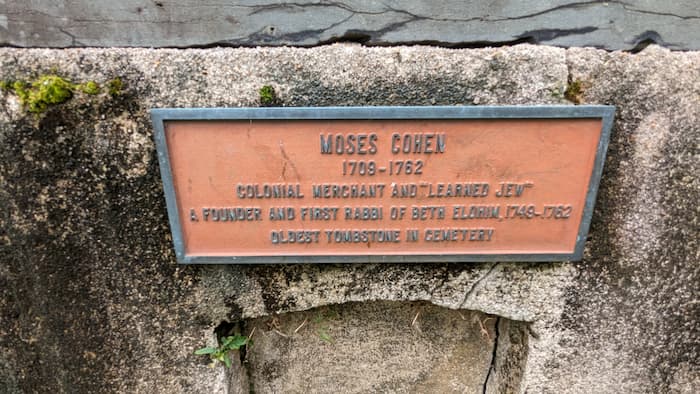
The Coming Street Cemetery is not merely a burial ground; it is a testament to the enduring spirit and resilience of the Sephardic Jewish community. Through preserving their own cemetery, they ensured the preservation of their unique heritage for future generations. It stands as a reminder of the community’s strength, determination, and commitment to preserving its faith, heritage, and cultural identity.
Reflection and Paying Respects
The Coming Street Cemetery provides a sacred space for reflection and remembrance. Here, you have the opportunity to pay your respects to the pioneers and trailblazers who contributed to the growth and prosperity of the Sephardic Jewish community in the South. Whether you are a descendant, a historian, or a visitor curious about the history of Charleston, this cemetery allows you to pause, contemplate, and honor those who paved the way for future generations.
Preserving History
By visiting the Coming Street Cemetery, you become part of the ongoing efforts to preserve and protect this historic site. Your presence helps ensure that the legacy of the Sephardic Jewish community remains alive and that future generations can continue to learn from and appreciate its profound impact. Through your visit, you contribute to the preservation of a tangible piece of history and help maintain the cemetery as a place of cultural significance.
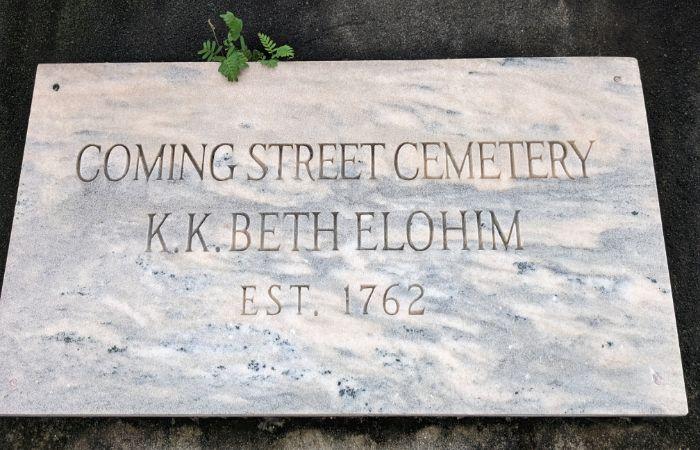
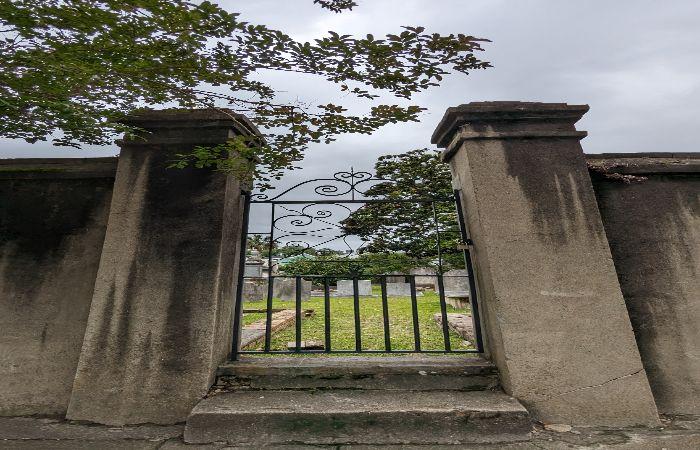
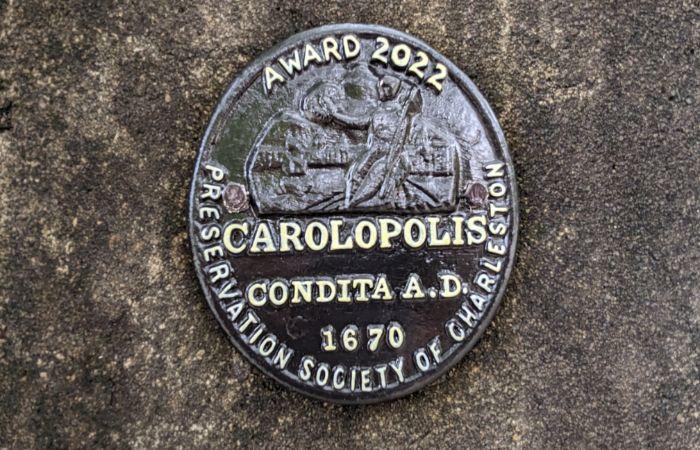
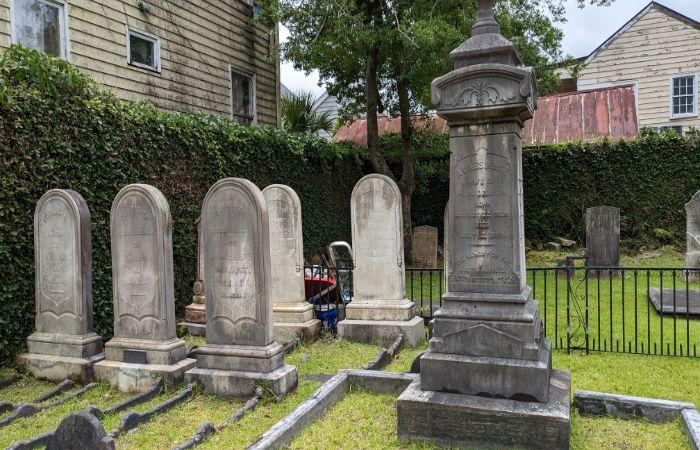
Historical Origins and Generosity
The historical origins of the Coming Street Cemetery trace back to 1762 when it was established in Charleston, South Carolina. What makes this burial ground truly remarkable is its generous origins, owed to the selfless donation of land by Isaac Da Costa, a prominent member of the Sephardic Jewish community. Da Costa’s act of generosity ensured a final resting place that would honor the customs and traditions of Sephardic Jews for generations to come.
Isaac Da Costa, a revered figure among the Sephardic Jewish community, recognized the need for a dedicated burial ground that would serve as a testament to their unique heritage. In a remarkable display of philanthropy, he selflessly donated the land for the cemetery. Da Costa’s contribution not only provided a sacred space for the deceased but also solidified the community’s place in the fabric of Charleston’s history.
His act of generosity resonates even today, as the Coming Street Cemetery stands as a testament to the enduring spirit of the Sephardic Jewish community and their commitment to preserving their faith and cultural identity. The legacy of Isaac Da Costa’s generosity lives on, as each visitor to the cemetery is reminded of the profound impact one individual can have on future generations.
The Coming Street Cemetery stands as a lasting tribute to the generosity of its benefactor, Isaac Da Costa, and continues to be a cherished landmark that embodies the rich history and traditions of the Sephardic Jewish community in Charleston.
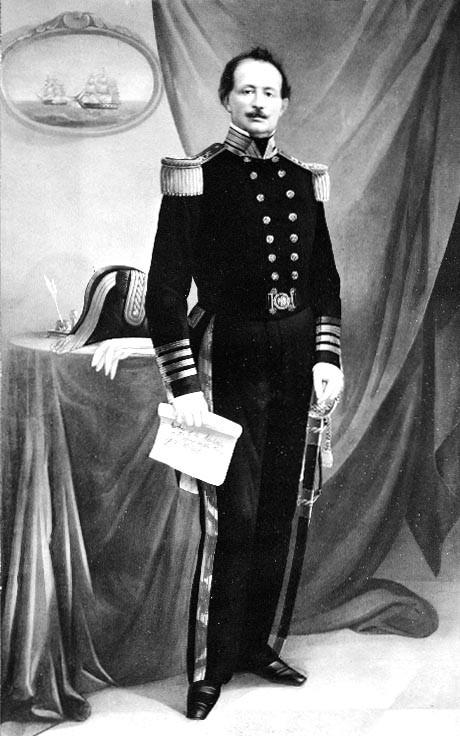
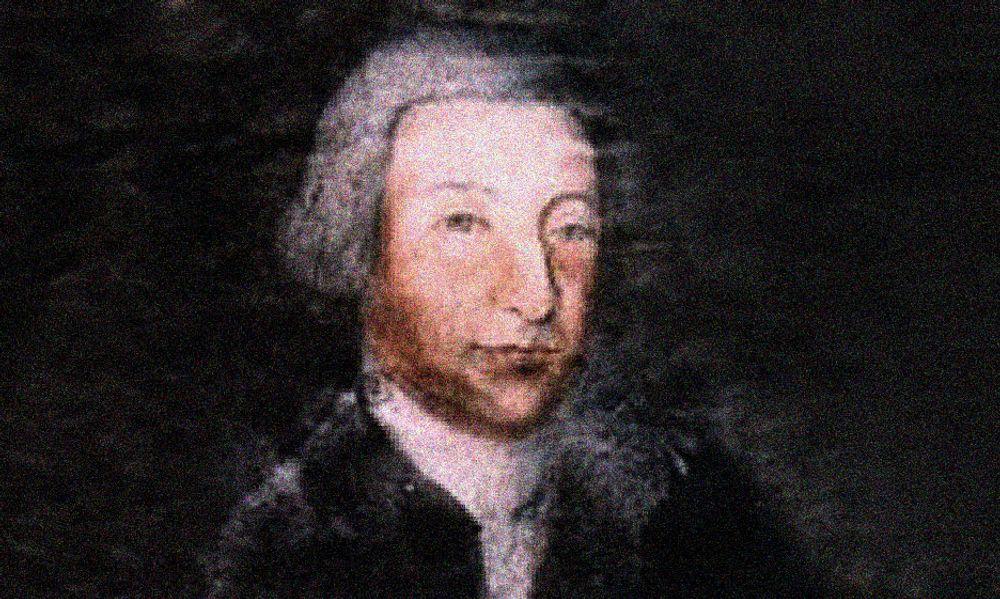
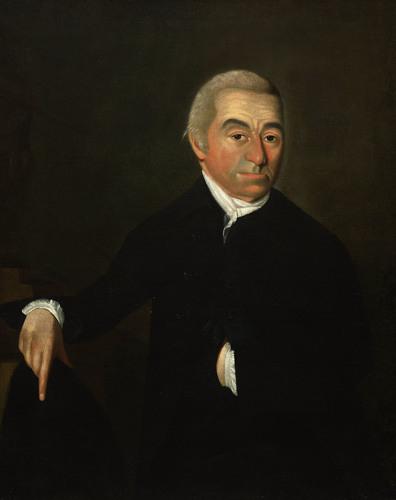
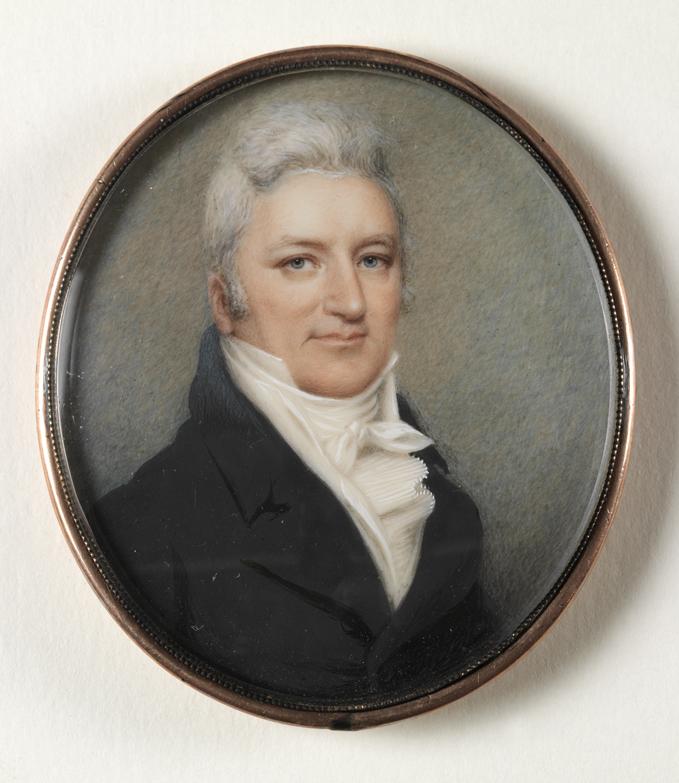
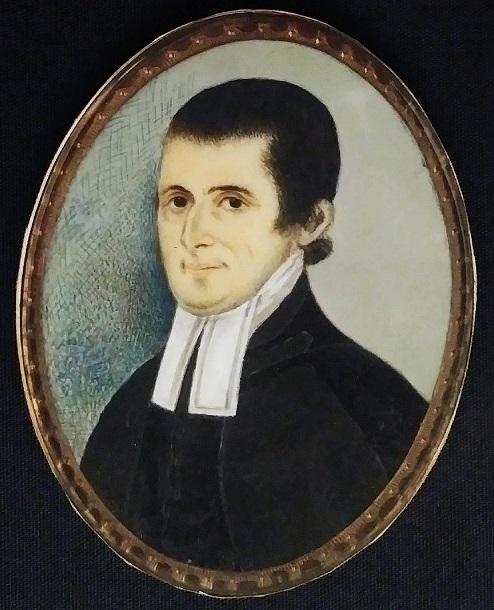
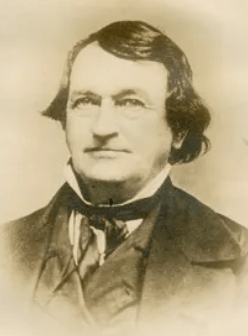
Notable Figures and Contributions
The Coming Street Cemetery is the final resting place of numerous notable figures who have made significant contributions to the Sephardic and Jewish communities in Charleston. These individuals, through their achievements and dedication, have left a lasting mark on the history and culture of the region. Here are some of the notable figures buried in the cemetery, along with their remarkable contributions:
The Heroes of Coming Street Cemetery
| Name | Dates | Contribution |
|---|---|---|
| Isaac Da Costa | January 14, 1798 – April 28, 1860 | Played a pivotal role in the establishment of the cemetery, advocating for a dedicated burial ground. Formalized the Coming Street Cemetery, oldest Sephardic Jewish burial site in the South. |
| Rabbi Solomon Cohen | October 13, 1757 – May 23, 1835 | Renowned rabbi and spiritual leader, guiding the community and shaping religious practices. Provided solace to the bereaved, influencing the cultural significance of the cemetery. |
| Rebecca de Seixas | Unknown | Philanthropist supporting community projects. Constructed prayer hall, established perpetual care fund for cemetery maintenance. Enhanced the cemetery’s environment and experience. |
| Abraham Lopez | 18th century | Prominent businessman and advocate for Jewish rights. Safeguarded the cemetery through legal protections, preserving its historical significance. |
| Miriam Rodrigues | Unknown | Noted author and educator, preserving Sephardic Jewish literature. Raised awareness about the cemetery’s importance, ensuring future generations appreciate its significance. |
| Jacob de Peyster | Unknown | Wealthy benefactor who funded cemetery development. Enhanced the aesthetics with ornate monuments and landscaped gardens. |
| Sarah Mendes Belisario | Unknown | Accomplished artist and tombstone designer. Created intricate designs blending Sephardic Jewish and Charleston artistic styles. |
| Samuel Nunez | 1668–1744 | Notable community leader and advocate, raising awareness and protecting the cemetery. Secured inclusion in historical registries, preserving its cultural and historical importance. |
| Isaac Harby | 1788-1828 | Prominent writer, educator, and newspaper editor. Contributed to intellectual and educational growth within the community. |
| Esther de la Motta | 1755-1809 | Founder of the Hebrew Orphan Society, supporting the welfare of orphaned children. |
| Moses Lindo | 1727-1784 | Influential leader in the Charleston Jewish community, fostering community growth and unity. |
| Moses Cohen Mordecai | 1784-1849 | Noted author, librarian, and cultural advocate, preserving and promoting Sephardic Jewish heritage. |
| Aaron Lopez | 1731-1782 | Successful merchant and philanthropist, contributing to the community’s economic development and supporting charitable endeavors. |
| Penina Moise | 1797-1880 | Celebrated poet and educator, capturing the essence of Sephardic Jewish culture through her writings. |
| Harriet Levy | 1818-1884 | Philanthropist and founder of the Hebrew Benevolent Society, providing support and aid to those in need within the community. |
| Francis Salvador | 1747-1776 | First Jewish person elected to public office in colonial America, fought in the Revolutionary War. |
An Indelible Mark
These individuals, among others buried in the Coming Street Cemetery, have left an indelible mark on Charleston’s history. Their achievements and contributions continue to inspire future generations, and their memory is preserved in the sacred grounds of the cemetery. Their legacies serve as a reminder of the resilience, strength, and cultural richness of the Sephardic Jewish community in Charleston.
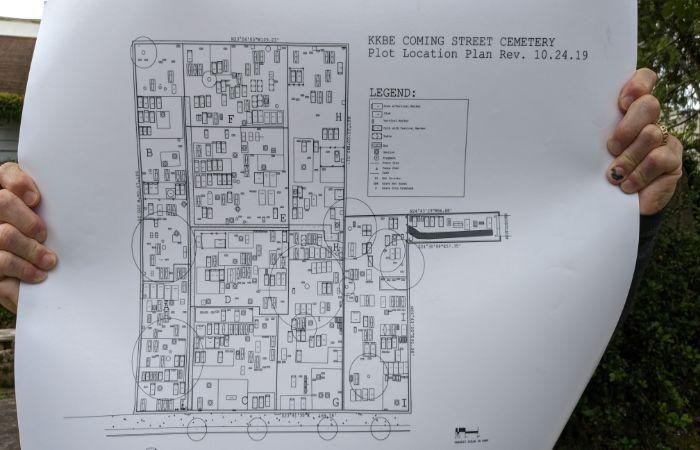
Preservation and Documentation of Heritage
Preserving the rich heritage and historical significance of the Coming Street Cemetery has been a collaborative effort involving various organizations and initiatives. Recognizing the importance of this sacred site, dedicated individuals and groups have worked tirelessly to ensure its restoration, maintenance, and protection for future generations.
The College of Charleston’s Jewish Studies Program, in partnership with the Jewish Heritage Collection at the College’s Addlestone Library, has played a crucial role in documenting and raising awareness about the Coming Street Cemetery. Through research, documentation, and educational outreach, they have shed light on the cemetery’s significance and its Sephardic connections. Clemson University has also joined this collaborative effort, bringing its expertise and resources to support the restoration and documentation of the cemetery. Together with the College of Charleston, Clemson University contributes valuable research and preservation efforts that strengthen the overall project.
Collaborative initiatives
Collaborative initiatives involving local historical societies, preservation organizations, and community members have also made substantial contributions to the preservation of the cemetery. These partnerships have facilitated fundraising efforts, volunteer work, and advocacy to ensure the ongoing restoration and maintenance of the site. Additionally, these collaborative endeavors have encouraged community engagement, fostering a sense of ownership and responsibility for the cemetery’s preservation.
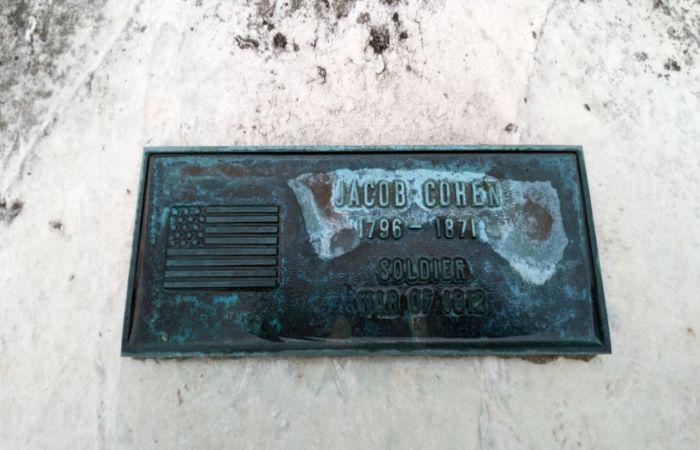
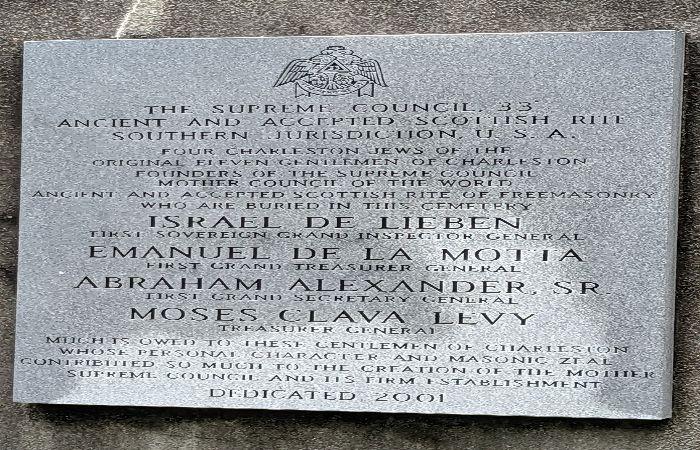
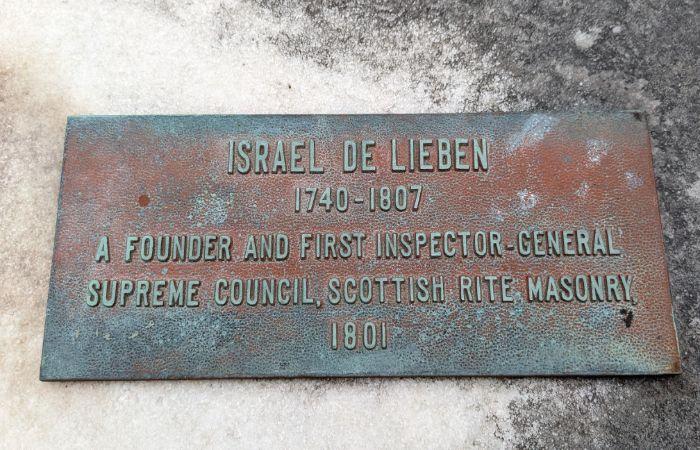
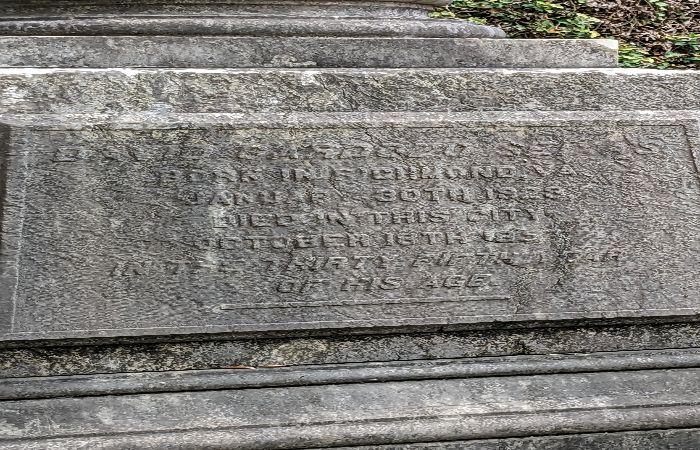
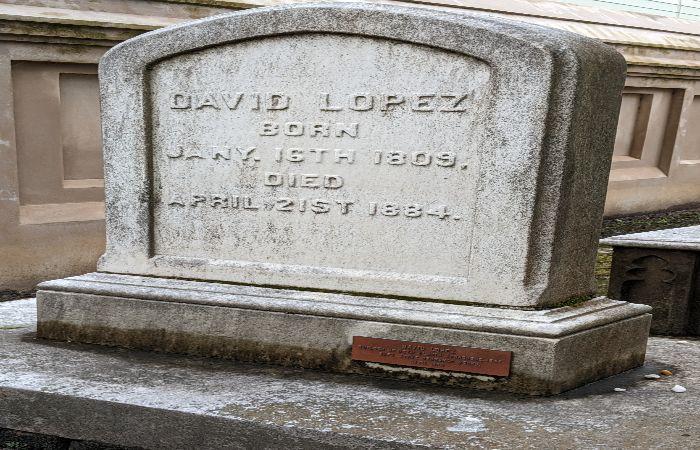
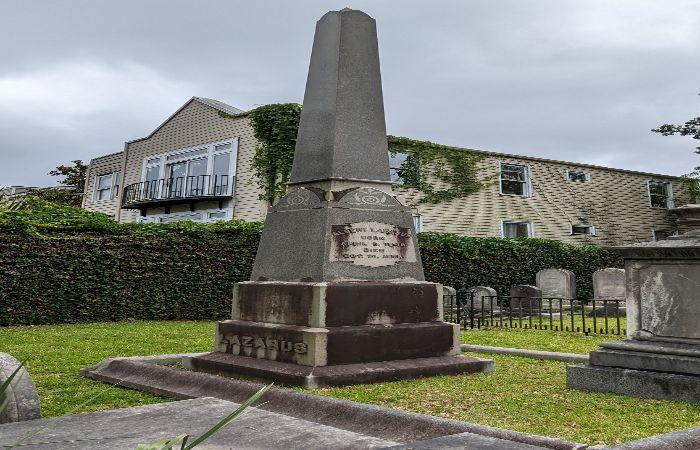
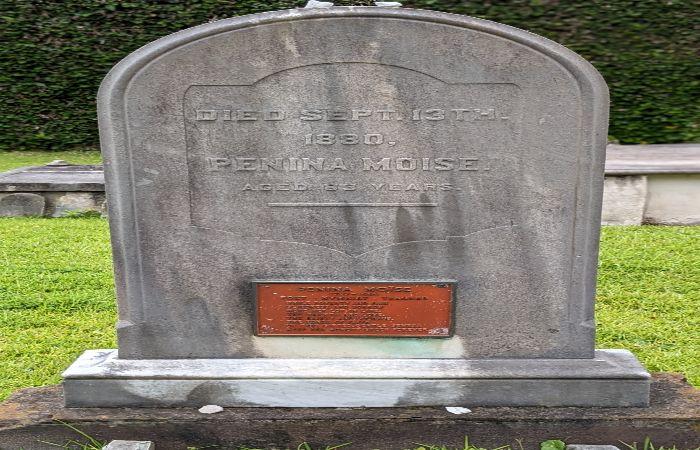
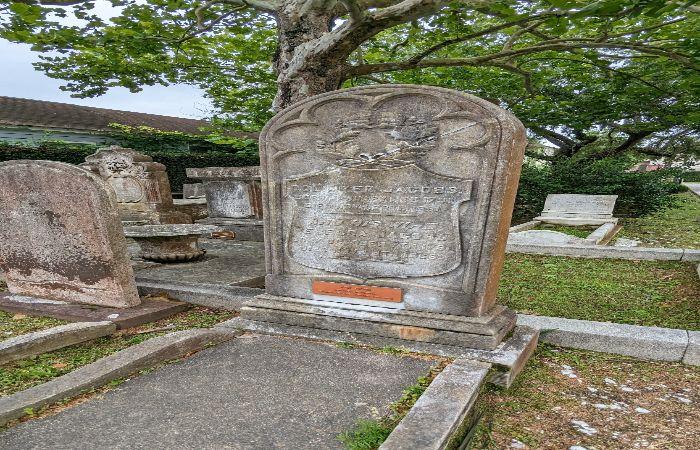
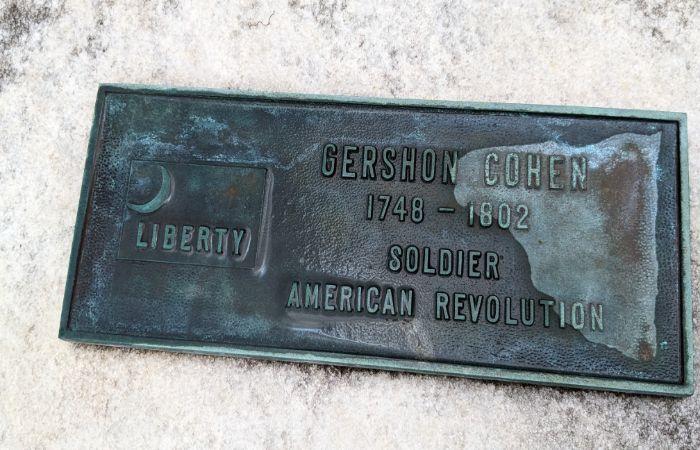
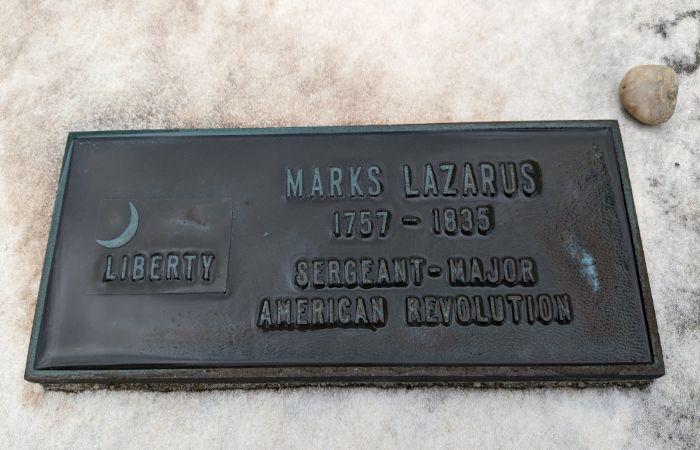
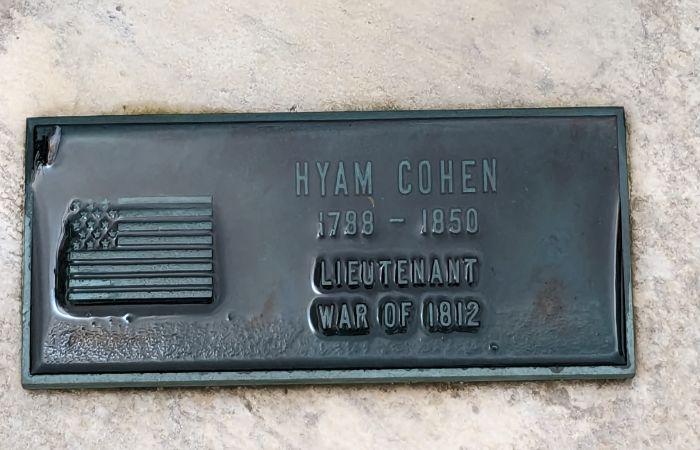
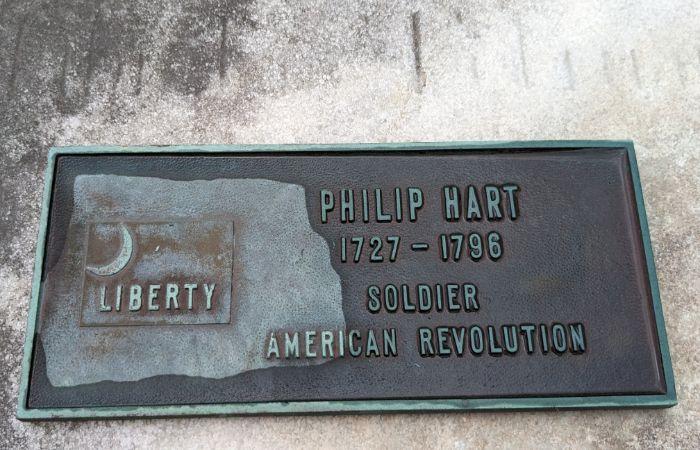
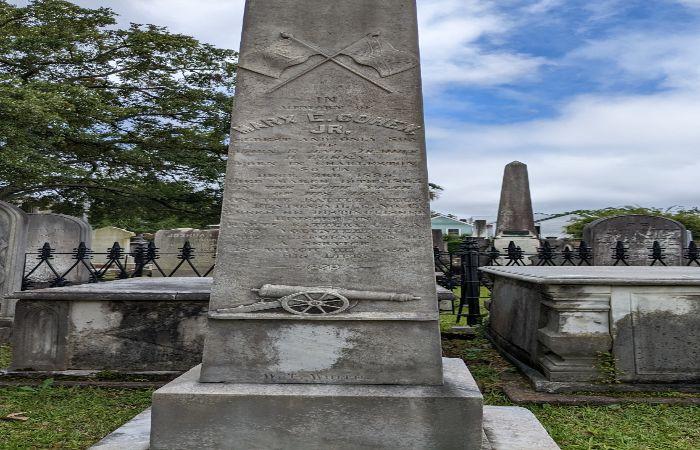
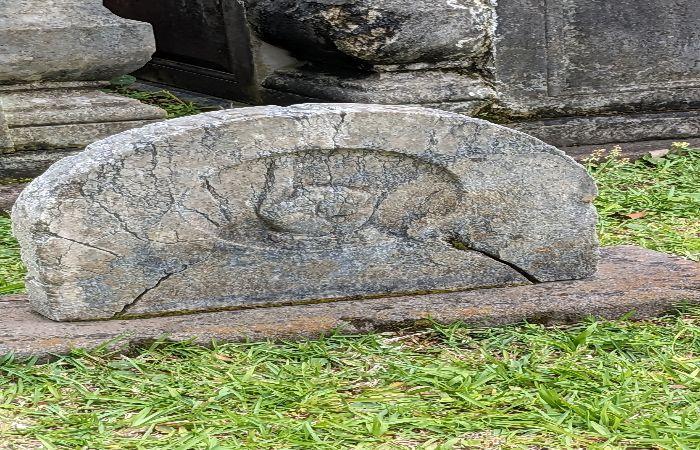
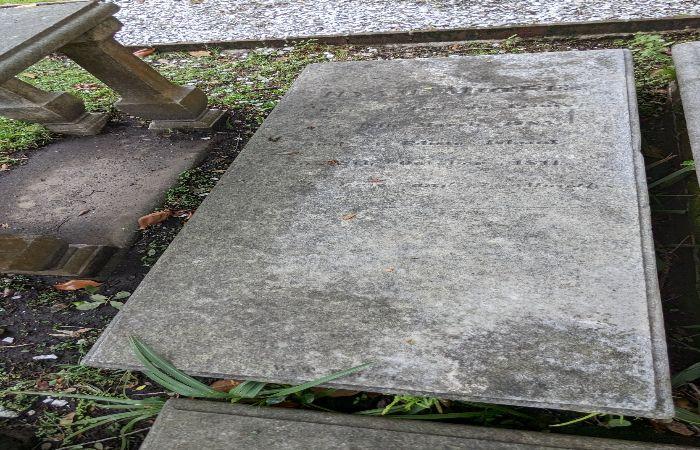
References:
College of Charleston Jewish Studies Program. (n.d.). Retrieved from [https://jewish.cofc.edu/].
College of Charleston Addlestone Library. (n.d.). Jewish Heritage Collection. Retrieved from [https://libguides.library.cofc.edu/jewishheritage].
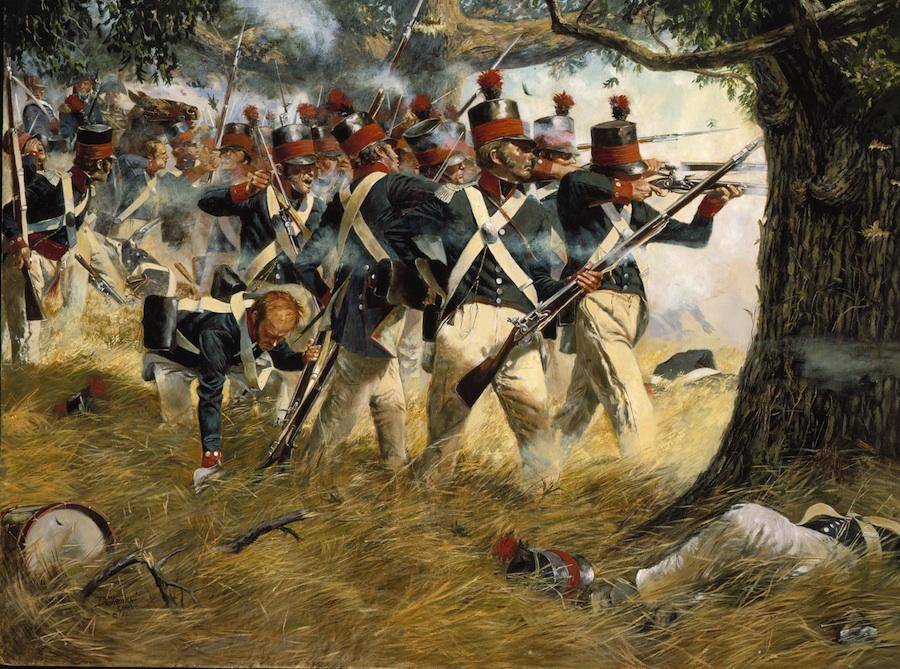
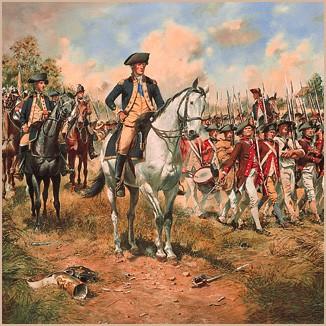
Connecting with the Past and Ensuring a Lasting Legacy
Visiting the Coming Street Cemetery is an opportunity to connect with the rich and storied past of the Sephardic Jewish community in Charleston. Stepping into this hallowed ground, visitors are transported to a bygone era and can feel the presence of those who came before. The cemetery serves as a gateway to the community’s history, offering a tangible link to their roots and a chance to honor their ancestors.
Walking among the weathered tombstones, one can’t help but be moved by the stories etched into the very fabric of the cemetery. Each grave represents a life lived, a family legacy, and a testament to the community’s enduring spirit. The inscriptions reflect the diverse backgrounds of the Sephardic Jews who found a home in Charleston, spanning countries such as Spain, Portugal, and the Mediterranean.
References:
- Charleston Jewish Federation. (n.d.). Coming Street Cemetery. Retrieved from https://www.charlestonjewishfederation.org/history/cemeteries/coming-street-cemetery/
- Historic Charleston Foundation. (n.d.). Coming Street Cemetery. Retrieved from https://www.historiccharleston.org/blog/places/coming-street-cemetery/
Conclusion
The Coming Street Cemetery stands as a poignant testament to the Sephardic Jewish heritage in Charleston. With its rich history, notable figures, and enduring traditions, the cemetery offers a profound connection to the past and a source of inspiration for future generations.
Through ongoing preservation efforts and collaborative initiatives, the cemetery has been safeguarded from neglect and destruction. The dedicated work of organizations like the Charleston Jewish Federation, Historic Charleston Foundation, and the College of Charleston has ensured the preservation and restoration of this sacred site. These endeavors not only honor the memory of those laid to rest in the cemetery but also provide an invaluable educational resource for the community.
Documenting the heritage of the Coming Street Cemetery has been a meticulous process. Researchers, historians, and genealogists have delved into archival records, conducted interviews, and pieced together the stories of those buried within its grounds. Their efforts have resulted in a deeper understanding of the Sephardic Jewish community in Charleston and the contributions they made to the city’s cultural, economic, and intellectual fabric.
Ensuring A Lasting Legacy
By connecting with the past and ensuring a lasting legacy, the Coming Street Cemetery serves as a living bridge between generations. It reminds us of the resilience, strength, and enduring spirit of the Sephardic Jews who shaped the history of Charleston. As we walk among the weathered tombstones and read the names etched in stone, we are reminded of the vibrant lives and legacies that continue to resonate today.
An interesting anecdote worth noting is that of Esther de la Motta, a remarkable woman who founded the Hebrew Orphan Society in Charleston in 1801. Her dedication to caring for and educating orphaned Jewish children left an indelible mark on the community. It is through stories like these that we not only remember the individuals interred in the Coming Street Cemetery but also gain insights into the lives they led and the impact they had on Charleston’s social fabric.
As we continue to explore and appreciate the rich history of the Coming Street Cemetery, let us honor the past, preserve its legacy, and ensure that future generations can connect with this remarkable piece of Sephardic Jewish heritage. Through our collective efforts, we can ensure that this sacred space remains a beacon of remembrance, education, and inspiration for years to come.
Special Thanks
Special thanks go to our dedicated docent, Dr. Lee Kamman, whose exceptional expertise and unwavering commitment have greatly enhanced our understanding of the Coming Street Cemetery and its Sephardic connections. Dr. Kamman’s passion for history and his tireless efforts in guiding visitors through this remarkable site have left a lasting impact. His extensive knowledge of the cemetery’s historical context, notable figures, and preservation efforts has provided visitors with a truly immersive and enlightening experience. We extend our deepest gratitude to Dr. Kamman for his invaluable contributions in educating and connecting us to the rich Sephardic Jewish heritage of the Coming Street Cemetery. His dedication and enthusiasm have made our journey into the past an unforgettable one.
We highly recommend combining a synagogue tour with the cemetery. In order to do so, please contact KKBE synagogue directly.
Cemetery address: Coming Street Cemetery 189 Coming Street, Charleston, South Carolina
For more information about some of the famous Jewish Charlestonians buried in the historic Coming Street Cemetery, visit www.JHSSC.org.
Check out this article from the Charleston Mercury.

